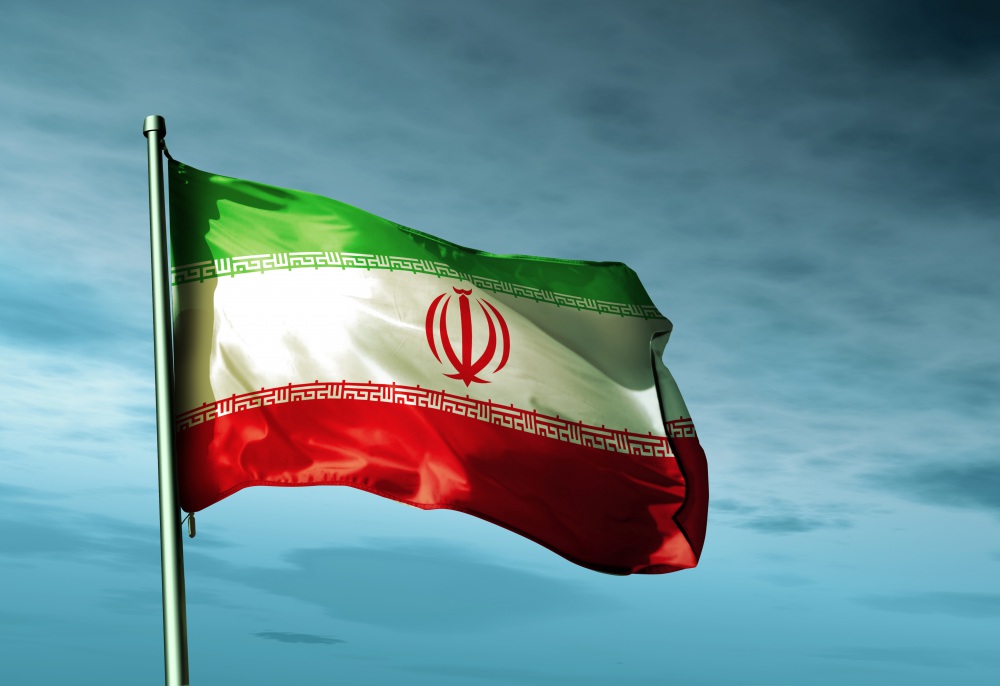
Jeffrey Lewis
Director of the East Asia Nonproliferation Program, The James Martin Center for Nonproliferation Studies
There is an old joke about two elderly women at a Catskills resort. One says: "Boy, the food in this place is really terrible." And the other one says: "Yeah, I know. And such small portions."
That's the same complaint raised by opponents of the Joint Comprehensive Plan of Action (JCPOA), also known as the Iran nuclear deal. Donald Trump called it, "one of the most incompetently drawn deals I've ever seen." And Rex Tillerson explained that, "in particular, the agreement has this very concerning shortcoming that the President has mentioned as well, and that is the sunset clause."
Such a terrible deal. Yeah, and it ends so early!
Far from being incompetently drafted, the JCPOA imposed a number of important limits on Iran's nuclear energy program to create a wider gap between Iran's nuclear energy programs and a bomb. Second, the JCPOA greatly strengthened Iran's safeguards arrangements to allow the International Atomic Energy Agency, or IAEA, to verify that gap. And it does not have a single sunset.
Prior to the JCPOA, Iran had built a large and capable uranium infrastructure that would have allowed Iran to produce enough highly enriched uranium (HEU) for a nuclear weapon in a matter of weeks if Iran chose to do so. Iran had nearly 20,000 centrifuges, including nearly 3,000 located in its deep underground facility near Qom.
View the PDF version of the infographic.
Iran was also developing new, more advanced generations of centrifuges including the IR-8 which is reportedly 20 times more efficient than the IR-1 models that made up most of Iran's supply of centrifuges. Iran was also on the verge of completing a heavy water reactor that would open a second route to the bomb, using plutonium.
The JCPOA imposed a number of limits, some lasting ten years, while others last fifteen, twenty or twenty five years:
Many other provisions never sunset – they last in perpetuity. Iran will remain a member of the Nuclear Non-Proliferation Treaty (NPT), which prohibits the development of nuclear weapons. The JCPOA also provides for Iran to ratify the Additional Protocol to its comprehensive safeguards agreement and implement the modified Code 3.1 in its subsidiary arrangements, improvements to safeguards on Iran that will remain indefinitely. And Iran also agreed to an indefinite prohibition on research that could contribute to the development of a nuclear weapon. And finally Iran replaced its heavy water reactor at Arak to prevent it from producing a significant amount of weapons usable plutonium over the course of its lifetime. The old reactor vessel is now filled with concrete.
If the JCPOA were to collapse, all of these constraints on Iran's nuclear energy program would disappear with it:
Most importantly, Iran would be able to do all this without the extraordinary scrutiny of the IAEA provided through the JCPOA. With no monitoring of centrifuge workshops or uranium mines, Iran could much more easily attempt to build new nuclear facilities in secret. And without the JCPOA, Iran would be in a much stronger position to stonewall the IAEA if it tried to investigate any allegations of covert sites.
The JCPOA is a strong agreement that imposes important limits to ensure that Iran's nuclear energy program remains peaceful. It provides the IAEA much better tools for monitoring those limits.
But the opponents are right about one thing – we should be working energetically to extend the innovative safeguards measures in the JCPOA as long as possible. The best way to do that is to work to make the JCPOA become the standard for all safeguards agreements, not just in Iran. That's why a group of eminent scientists recommended that the United States, "work with the IAEA to gain agreement to implement some of the key innovations included in the JCPOA into existing safeguards. … Thus in the future, when Iran is treated the same as all non-nuclear weapons states with nuclear energy programs, all such programs will be more stringently constrained and verified."
Before the JCPOA, Iran was in a position to do everything that North Korea is doing today and more. Fortunately for the international community, Iran made a different choice.
The JCPOA isn't a rubber chicken dinner in the Catskills. It's something entirely different: a carefully constructed agreement that prevents Iran's Supreme Leader from looking over the menu, peering over at Kim Jong Un’s table and telling the waiter: "I'll have what he's having."
Sign up for our newsletter to get the latest on nuclear and biological threats.
Eric Brewer calls on Washington to improve its ability to detect and respond to Iran’s nuclear activities now that its nuclear program enters “dangerous new territory” with enough highly enriched uranium for a nuclear bomb.
The term “safeguards effectiveness” means the effectiveness of IAEA verification—that is, the ability of the IAEA to detect non-compliance.
The ways sustainability of the IAEA safeguards system can be ensured by the agency, its Member States, and the international community
